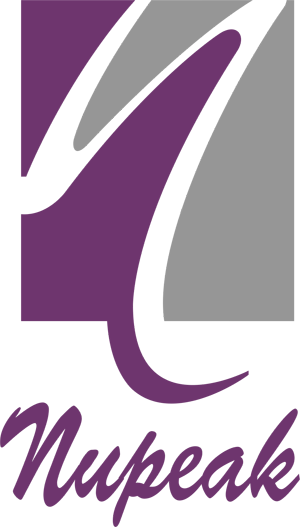Problem Statement
In the rapidly evolving world of manufacturing, maintaining high-quality standards is crucial for businesses to stay competitive. Traditional quality inspection methods are often time-consuming. A notable issue has emerged, in manual inspection process has limitations like scalability, throughput as approximately 12-15% of the inspected samples are erroneously flagged and rejected by the machine. These rejections are false positives triggered by factors such as bubbles inside the ampoule or the formation of moisture on the surface. The genuine rejection cases account for only 2-3% of the total rejections & spends a number of manpower.
The risk is overconfidence in 100% manual visual inspection as a capable process to remove all critical defects. In the case of AQL failure or customer complaint involving a critical defect, this may lead to the belief that 100% manual visual inspection has failed to efficiently remove these defects.
Value Proposition
Indeed, leveraging automated visual inspection techniques with AI/ML capabilities offers significant advantages over traditional manual inspection methods. Here’s how each of the mentioned technological solutions contributes to enhancing the efficiency and accuracy of quality inspection:
- Optical Visual Ampoules Inspection Machine with multiple rotational speed capabilities
Value Proposition
Optical Visual Ampoules Inspection Machine: This machine forms the core of the inspection system and is responsible for capturing images of the ampules for analysis. To mitigate false positives: Ensure that the machine is properly calibrated to minimize errors in image capture and defect detection. Regularly maintain and clean the machine’s components to prevent inaccuracies caused by dust or debris.
High-definition Cameras with Lens for Image Capturing: These cameras play a crucial role in capturing high-quality images of the ampules. To reduce false positives: Optimize camera settings such as exposure, focus, and lighting to ensure clear and accurate images. Position the cameras strategically to capture multiple angles of each ampule, enabling comprehensive defect detection.
SAS Software for AI/ML In-Build Capabilities: The SAS software with AI/ML capabilities is used for analysing the captured images and detecting defects. To minimize false positives: Train the AI/ML models using a diverse dataset that includes examples of both acceptable variations and true defects. Fine-tune the algorithms to increase sensitivity to genuine defects while reducing false positives triggered by factors like bubbles or moisture. Implement feedback mechanisms to continuously improve the AI/ML models based on real-world inspection results.
In addition to these components, consider implementing the following measures:
Quality Control Procedures: Establish stringent quality control procedures to validate the accuracy and reliability of the automated inspection system. This can involve periodic audits, cross-validation with manual inspections, and statistical analysis of inspection results.
Human Oversight: While the system operates autonomously, human oversight is still essential to verify inspection results, especially for flagged samples. Trained personnel can review images and intervene when necessary to prevent false positives from leading to unnecessary rejections.
Continuous Improvement: Continuously monitor the performance of the inspection system and identify opportunities for optimization. This may involve analysing false positive rates over time, conducting root cause analysis for recurring issues, and implementing corrective actions as needed.
By integrating these measures into the automated ampule inspection system, this can effectively mitigate the incidence of false positives while maintaining high throughput and reliability in the inspection process.
Solution Strategy

Image Capturing & Processing
- •A custom build machines for rotation of ampoules
- •Industrial grade high resolution camera for real time image capturing

Convolutional Neural Networks (CNN) Modelling
- •Computer vision contour detection and image filtering
- •Real-time image segmentation & defect detection of quality

Intelligent Analytics
- •Real time signal model for alert generation to the machine.
- •Discrimination & segregation between high quality& substandard product

